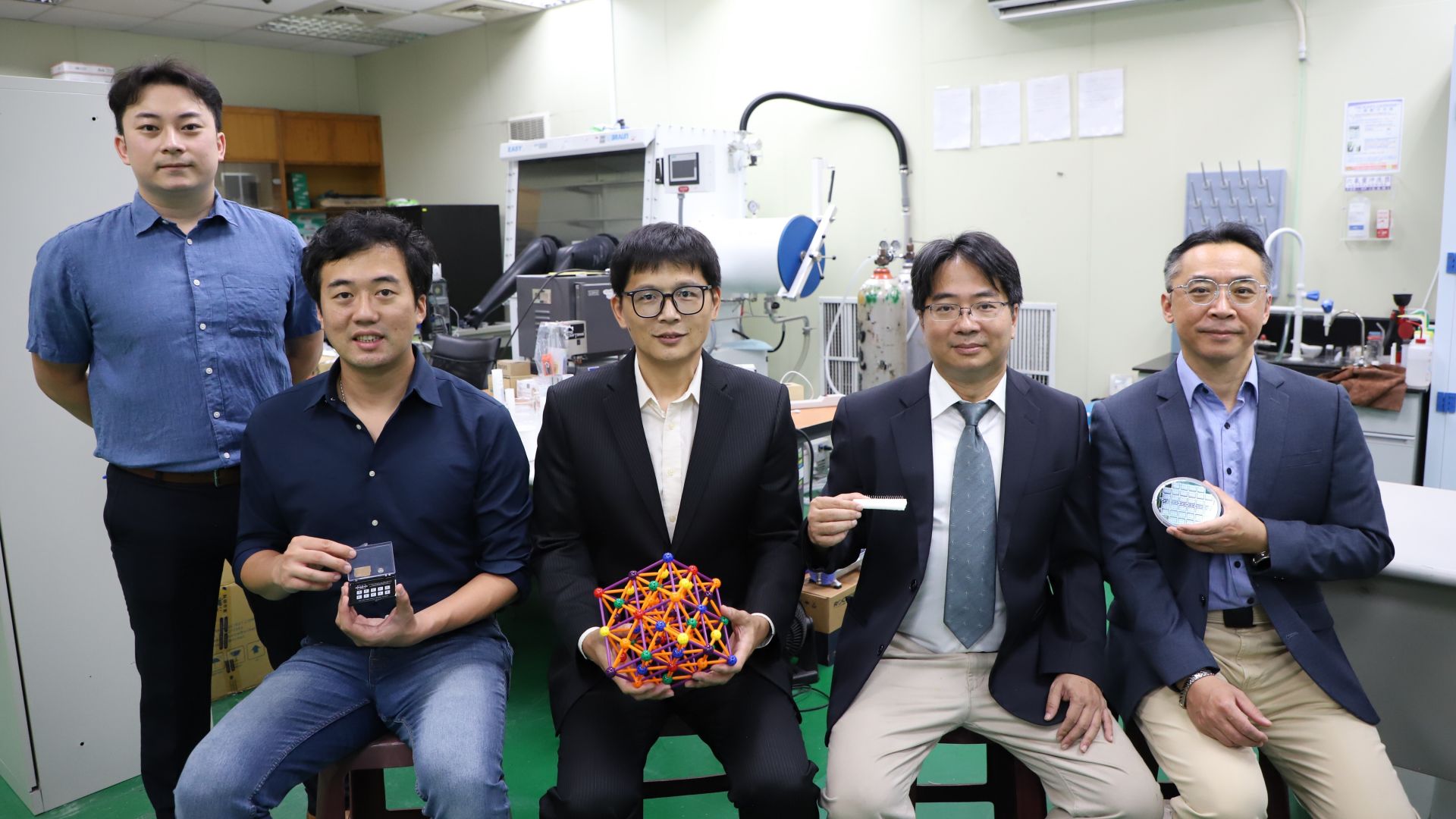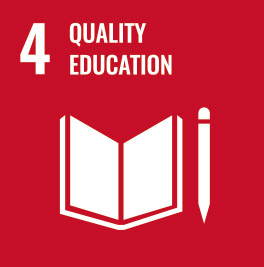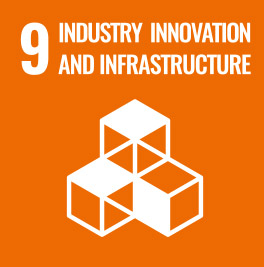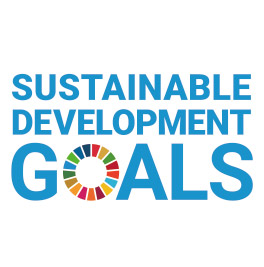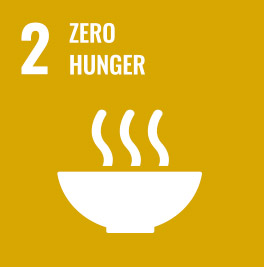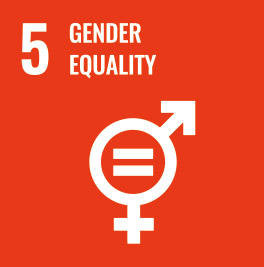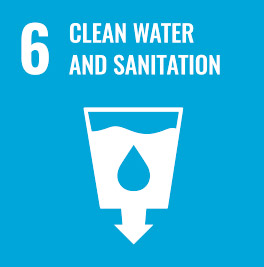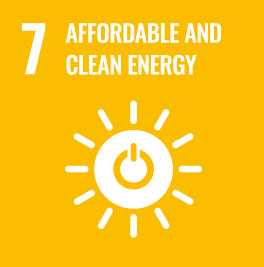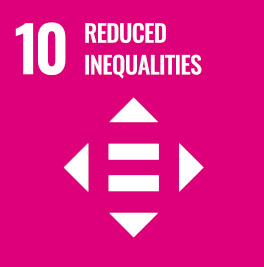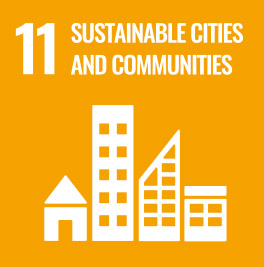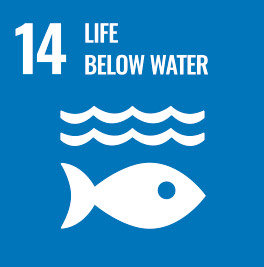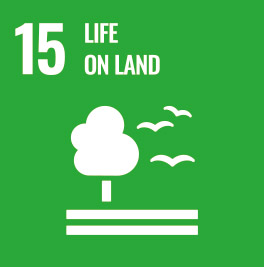SDG9
Internationally renowned graphene research scholar Prof. Jarillo-Herrero shares research findings at NCKU.
The rapid development of quantum technology is reshaping the landscape in the global arena of science and technology. On November 30, the Office of Research and Development and the Center for Quantum Technology at NCKU invited Prof. Pablo Jarillo-Herrero to give a lecture. The venue was fully packed, demonstrating the strong interest of students and faculty in quantum materials. In his speech, Vice President Chuan-Pu Liu expressed the hope that Prof. Pablo Jarillo-Herrero's lecture would bring valuable experiences and guidance in the field of quantum technology to the students and faculty at NCKU.
Prof. Pablo Jarillo-Herrero is a distinguished Spanish scholar and currently holds the Cecil and Ida Green Professorship at the Massachusetts Institute of Technology (MIT) in the United States. He achieved significant recognition, including being elected as a fellow of the American Academy of Arts and Sciences and receiving the prestigious Wolf Prize, all before the age of 50. Prof. Pablo Jarillo-Herrero's primary research focus lies in the field of quantum materials, particularly pioneering the emerging field of twistronics. By altering the angle of materials, he easily transforms the properties of two-dimensional materials, imparting diverse special physical properties such as superconductivity, semiconductivity, insulating behavior, ferromagnetism, and more. His groundbreaking work has revolutionary implications for future quantum technology and materials science.
Professor Pablo mentioned in his speech that in 2004, single-layer graphene was successfully separated for the first time by stripping graphite with tape. As the first two-dimensional material discovered in the world (single atomic layer thickness), scientists generally believed that in the past three-dimensional The idea that two-dimensional crystals cannot exist in space was completely overturned, officially opening the door to the research of two-dimensional materials.
Professor Pablo expressed the special features of two-dimensional materials with an interesting image: "When we slice an apple, the apple slices are actually still apples, but in the world of two-dimensional materials, we can get a piece of orange, a completely different Something." Just like single-layer graphene, which is different from graphite blocks, it exhibits the energy band structure of a Dirac cone and has extremely high electrical conductivity.
In 2018, graphene once again caused a sensation in the scientific community. Professor Pablo's team published the research result "magic-angle bilayer graphene", creating a new research direction in condensed matter physics: twistronics.
The so-called magic-angle bilayer graphene uses dry transfer printing technology to superimpose two single-layer graphene sheets at a special angle. Two geometric figures with the same pattern repeatedly arranged will weave a moiré pattern after rotation. The definition of the lattice is called a "superlattice". In this system, the superlattice changes the behavior of electrons and creates a flat band in the energy band structure by changing the electron concentration. In a low-temperature environment, the properties of strongly correlated insulators and superconductors were simultaneously observed. It is the first system in history that can convert these two states through an electric gate. In addition to breaking through the limitations of high-temperature superconductors, The bottleneck of exploring a single phenomenon in a single system has also set off an upsurge in theoretically and experimentally studying the rotation angles of various two-dimensional materials.
After developing the magic-angle graphene system, Professor Pablo shifted his focus to multi-layered magic-angle graphene, aiming to explore the forces between superlattices. He even arranged superlattices to generate entirely different moiré patterns and challenging quasi-crystal systems. Through these studies, many unique phenomena have been discovered, pushing twistronics into higher "dimensions."
After developing the magic-angle graphene system, Professor Pablo shifted his focus to multi-layered magic-angle graphene, aiming to explore the forces between superlattices. He even arranged superlattices to generate entirely different moiré patterns and challenging quasi-crystal systems. Through these studies, many unique phenomena have been discovered, pushing twistronics into higher "dimensions."
During the Q&A session following the lecture, NCKU students seized the opportunity to actively pose questions to the master. Professor Pablo patiently addressed each student's inquiries, sharing his extensive research experiences and insights in the emerging field of quantum materials. The lively exchange provided a rare academic feast for the attending faculty and students.
Prof. Pablo Jarillo-Herrero is a distinguished Spanish scholar and currently holds the Cecil and Ida Green Professorship at the Massachusetts Institute of Technology (MIT) in the United States. He achieved significant recognition, including being elected as a fellow of the American Academy of Arts and Sciences and receiving the prestigious Wolf Prize, all before the age of 50. Prof. Pablo Jarillo-Herrero's primary research focus lies in the field of quantum materials, particularly pioneering the emerging field of twistronics. By altering the angle of materials, he easily transforms the properties of two-dimensional materials, imparting diverse special physical properties such as superconductivity, semiconductivity, insulating behavior, ferromagnetism, and more. His groundbreaking work has revolutionary implications for future quantum technology and materials science.
Professor Pablo mentioned in his speech that in 2004, single-layer graphene was successfully separated for the first time by stripping graphite with tape. As the first two-dimensional material discovered in the world (single atomic layer thickness), scientists generally believed that in the past three-dimensional The idea that two-dimensional crystals cannot exist in space was completely overturned, officially opening the door to the research of two-dimensional materials.
Professor Pablo expressed the special features of two-dimensional materials with an interesting image: "When we slice an apple, the apple slices are actually still apples, but in the world of two-dimensional materials, we can get a piece of orange, a completely different Something." Just like single-layer graphene, which is different from graphite blocks, it exhibits the energy band structure of a Dirac cone and has extremely high electrical conductivity.
In 2018, graphene once again caused a sensation in the scientific community. Professor Pablo's team published the research result "magic-angle bilayer graphene", creating a new research direction in condensed matter physics: twistronics.
The so-called magic-angle bilayer graphene uses dry transfer printing technology to superimpose two single-layer graphene sheets at a special angle. Two geometric figures with the same pattern repeatedly arranged will weave a moiré pattern after rotation. The definition of the lattice is called a "superlattice". In this system, the superlattice changes the behavior of electrons and creates a flat band in the energy band structure by changing the electron concentration. In a low-temperature environment, the properties of strongly correlated insulators and superconductors were simultaneously observed. It is the first system in history that can convert these two states through an electric gate. In addition to breaking through the limitations of high-temperature superconductors, The bottleneck of exploring a single phenomenon in a single system has also set off an upsurge in theoretically and experimentally studying the rotation angles of various two-dimensional materials.
After developing the magic-angle graphene system, Professor Pablo shifted his focus to multi-layered magic-angle graphene, aiming to explore the forces between superlattices. He even arranged superlattices to generate entirely different moiré patterns and challenging quasi-crystal systems. Through these studies, many unique phenomena have been discovered, pushing twistronics into higher "dimensions."
After developing the magic-angle graphene system, Professor Pablo shifted his focus to multi-layered magic-angle graphene, aiming to explore the forces between superlattices. He even arranged superlattices to generate entirely different moiré patterns and challenging quasi-crystal systems. Through these studies, many unique phenomena have been discovered, pushing twistronics into higher "dimensions."
During the Q&A session following the lecture, NCKU students seized the opportunity to actively pose questions to the master. Professor Pablo patiently addressed each student's inquiries, sharing his extensive research experiences and insights in the emerging field of quantum materials. The lively exchange provided a rare academic feast for the attending faculty and students.
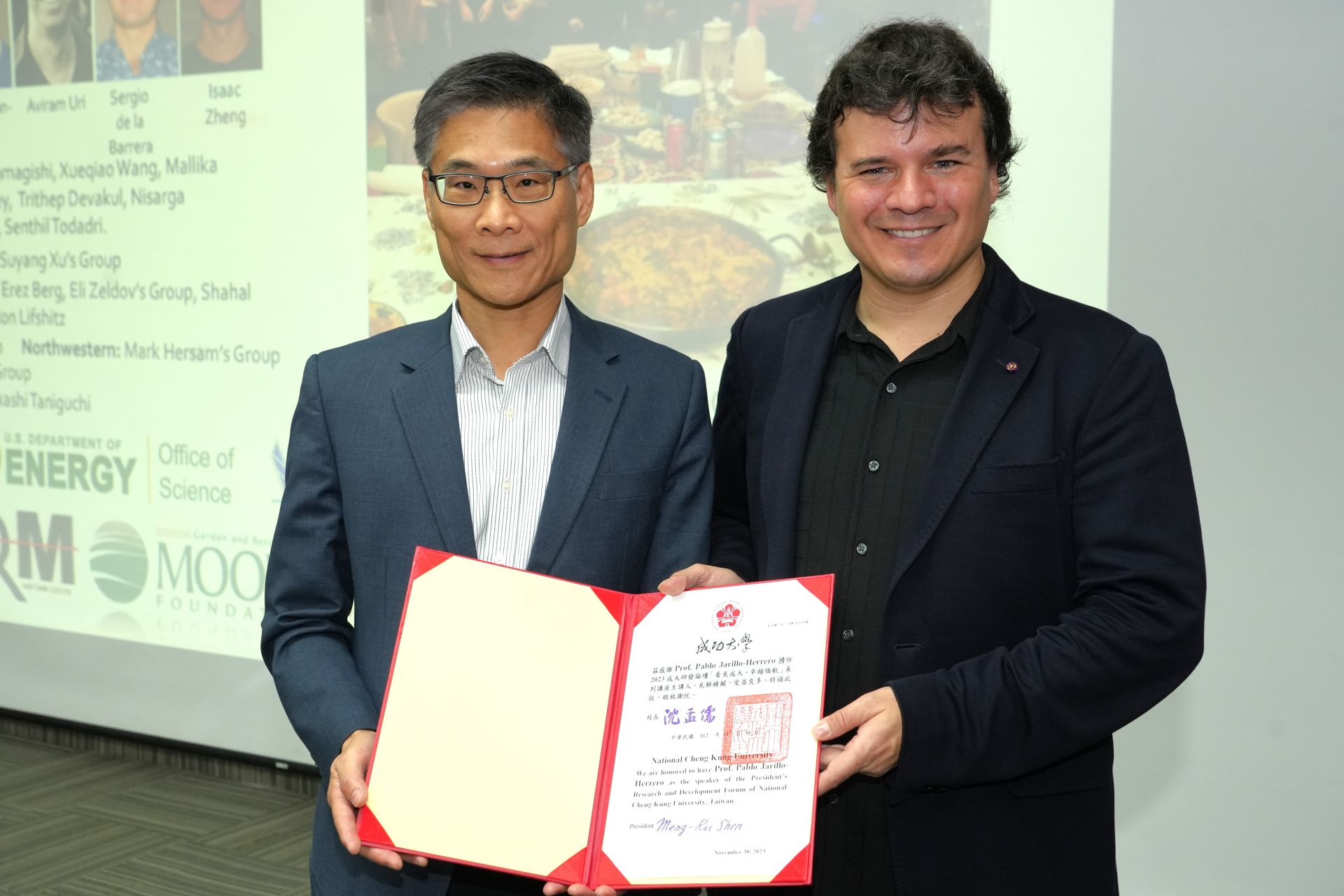
Vice President of Research Chuan-Pu Liu (left) presents a letter of thanks. Thank you, Pablo Jarillo-Herrero (right), for delivering a lecture on campus.
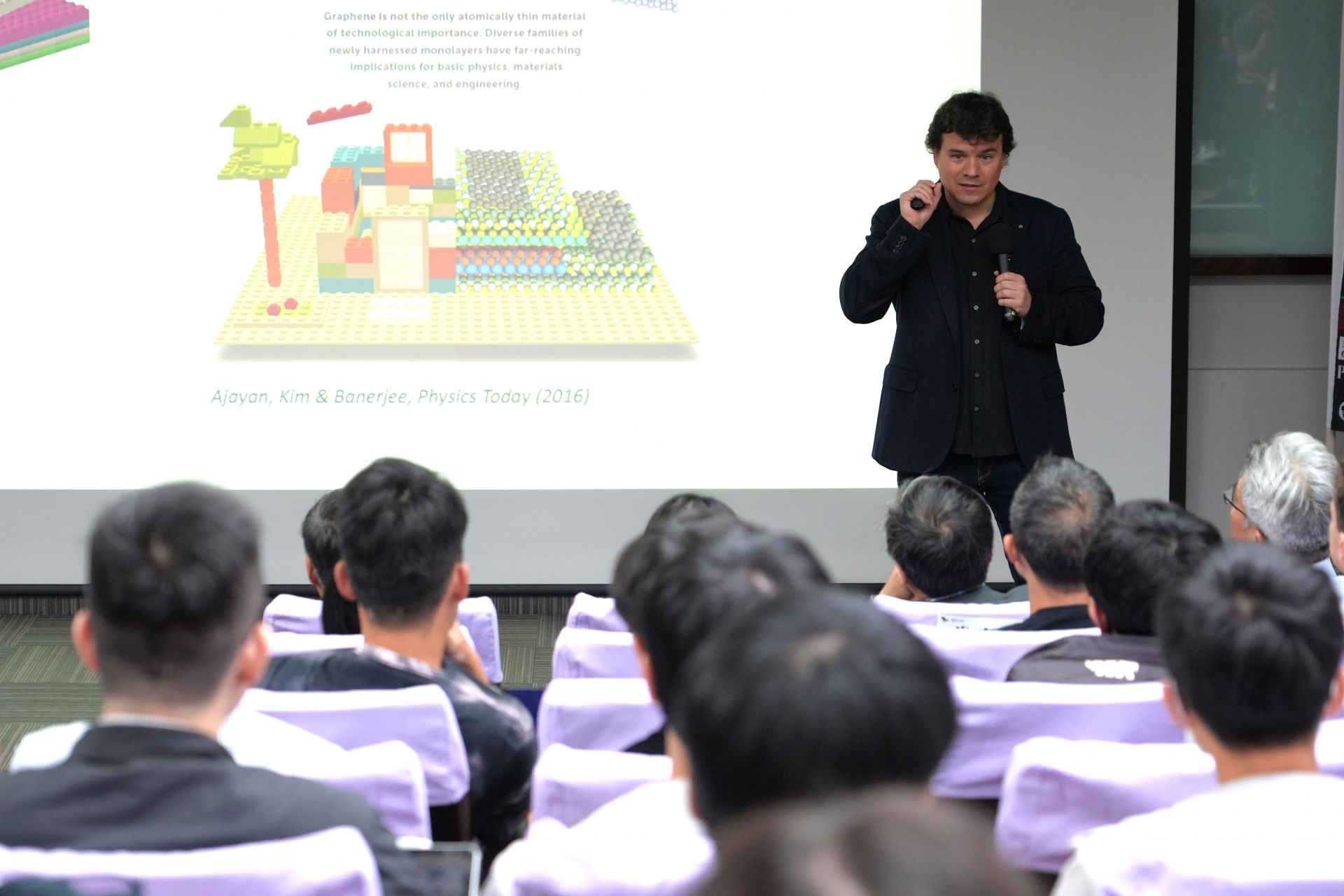
Professor Pablo Jarillo-Herrero's lecture was vivid and insightful.
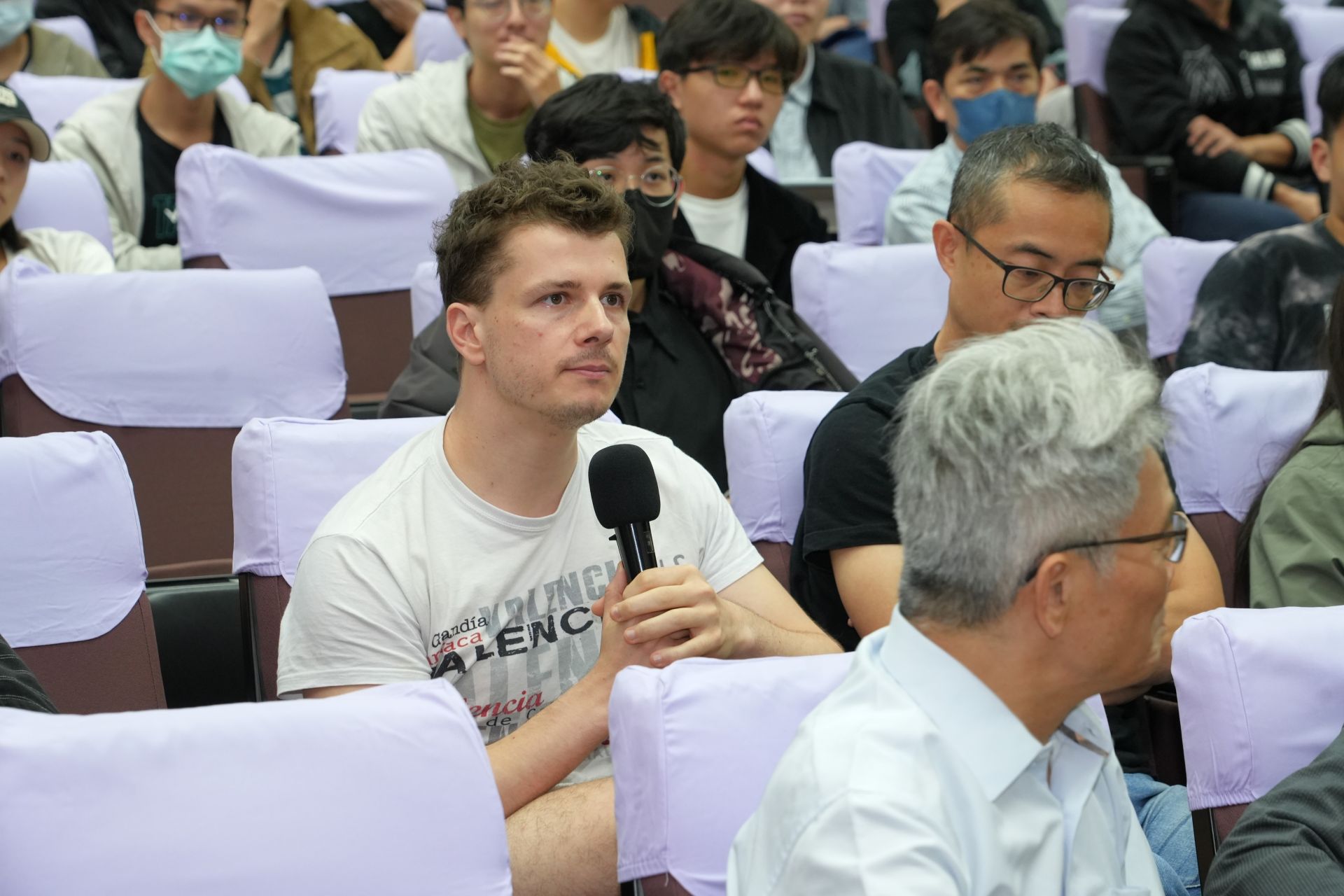
Students raised questions and sought clarification after the conclusion of the lecture.

SDG9ASE and NCKU Deepen Collaboration to Jointly Cultivate International Semiconductor Talent
View more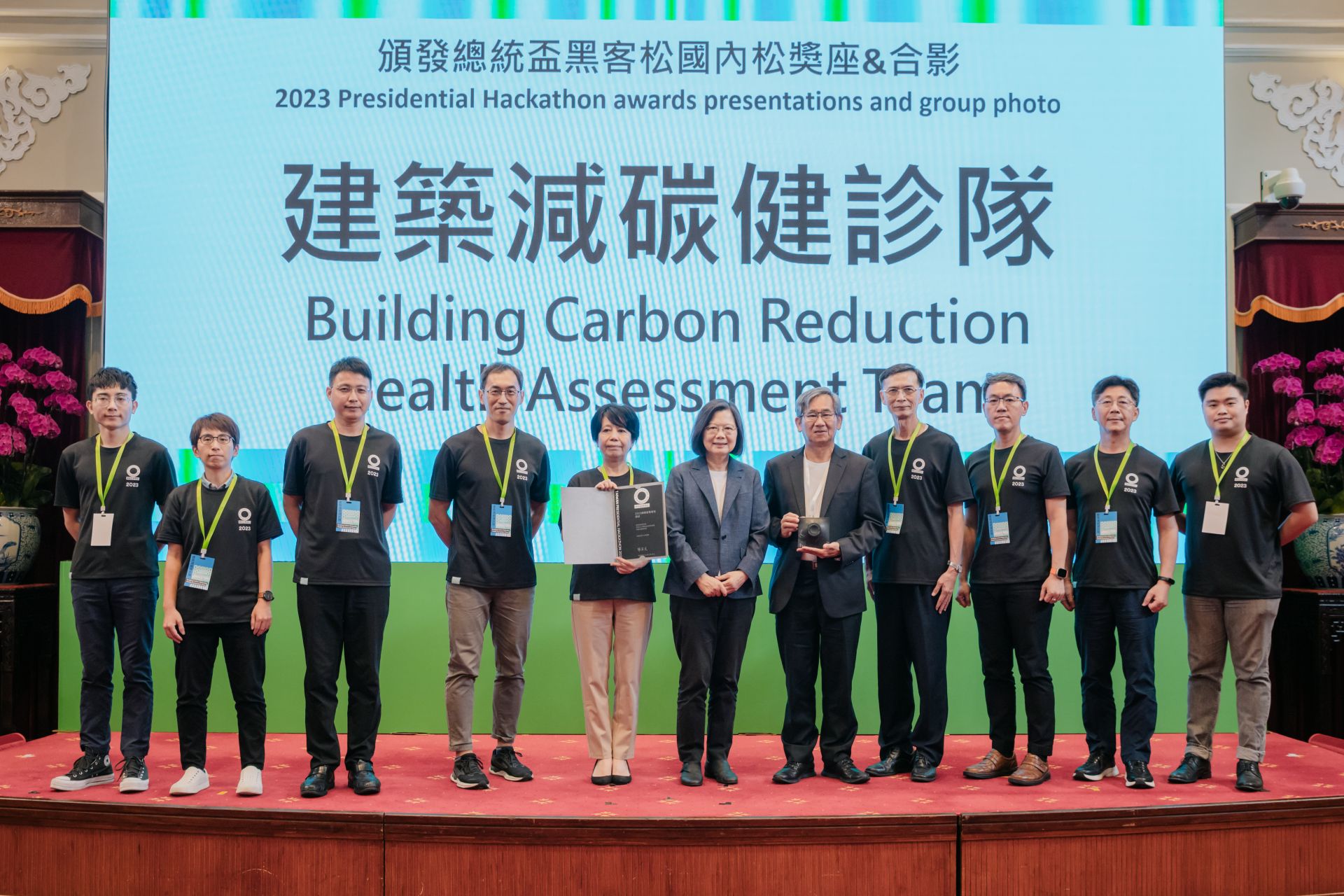
SDG9NCKU Architecture Team Receives Excellence Award at 2023 Presidential Hackathon, Presented by President Tsai
View more